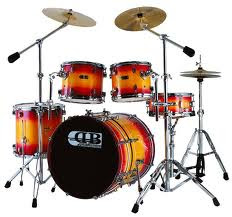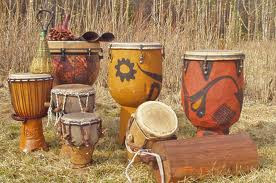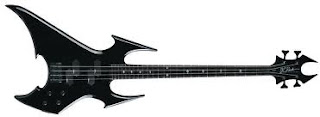All else being equal, longer pianos with longer strings have larger, richer sound and lower inharmonicity of the strings. Inharmonicity is the degree to which the frequencies of overtones (known as partials or harmonics) sound sharp relative to whole multiples of the fundamental frequency. This results from the piano's considerable string stiffness; as a struck string decays its harmonics vibrate, not from their termination, but from a point very slightly toward the center (or more flexible part) of the string. The higher the partial, the further sharp it runs. Pianos with shorter and thicker strings, i.e. small pianos with short string scales, have more inharmonicity. The greater the inharmonicity, the more the ear perceives it as harshness of tone.
Inharmonicity requires octaves to be "stretched", or tuned to a lower octave's corresponding sharp overtone rather than to a theoretically correct octave. If octaves were not stretched, single octaves would sound in tune, but double—and notably triple—octaves would be unacceptably narrow. When a small piano's octaves are stretched to match its inherent inharmonicity level, it creates an imbalance among all the instrument's intervallic relationships, not just its octaves. But in a concert grand, the "stretch" of octaves retains harmonic balance even when aligning treble notes to a harmonic produced from three octaves below. This allows close and widespread octaves to sound pure, and enables perfect fifths (another interval that modern ears expect to be pure) to remain virtually beatless throughout the instrument's compass. This gives the concert grand a brilliant, singing and sustaining tone quality, one of the principal reasons that full-size grands are used in the concert hall, and smaller grands chosen for domestic use where space and cost are considerations.
ELECTRIC PIANO
An electric piano is an electric musical instrument.
Electric pianos produce sounds mechanically and the sounds are turned into electronic signals by pickups. Unlike a synthesizer, the electric piano is not an electronic instrument, but electro-mechanical. The earliest electric pianos were invented in the late 1920s; the 1929 Neo-Bechstein electric grand piano was among the first. Probably the earliest stringless model was Lloyd Loar's Vivi-Tone Clavier.
The popularity of the electric piano began to grow in the late 1950s, reaching its height during the 1970s, after which they were eventually replaced by synthesizers capable of piano-like sounds without the disadvantages of moving mechanical parts. Many models were designed for home or school use, or to replace a heavy and un-amplified piano on stage, while others were conceived for use in school or college piano labs for the simultaneous tuition of several students using headphones.










